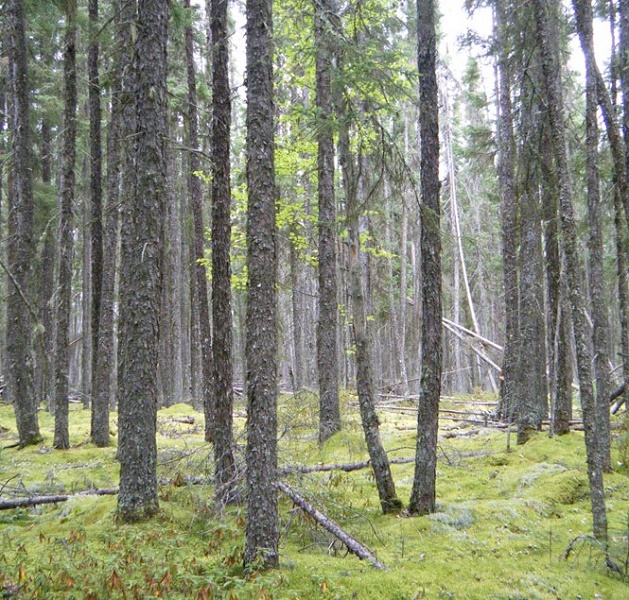SUMAC
Case Study - Moving Forward with Confidence (MillCorp)

MillCorp wanted to invest significant capital in a sawmill upgrade and needed to ensure that the available logs in their forest met the necessary size and quality requirements of the new line
Background
Improving efficiency inside the mill and increasing lumber recovery, is common means for a saw miller to reduce unit costs and maximize revenues. When considering areas within the company to make a large capital investment, a mill upgrade can be the most effective way to improve productivity of the company, and potentially improve product quality. A sawmill upgrade is however a very large investment that requires significant planning and financing. It is critical to the success of an mill upgrade that the future log supply will meet the specifications required by the new machinery to make the new line run at maximum efficiency.
The managers at MillCorp, a large sawmiller with a crown forest unit, embarked on a project to improve the knowledge they had about their timber resource and complete the due diligence of their proposed investment.
The Problem
MillCorp was considering a sawmill upgrade for it’s large sawmill. The upgrade will improve lumber recovery, if the new mill can run at specifications. The optimal configuration for the new mill required a mean small-end diameter (inside bark) of 6” for logs entering the line. Over 90% of the logs that MillCorp consumes come from their crown license area, and as their harvest operations press into new areas, they wanted to be sure that their proposed capital investment in new equipment was sound. MillCorp knew that their traditional forest cover inventory was limited in its scope and accuracy. The existing inventory for their forest provided no estimates of log diameters within their stands.
The Solution
Improving the quality of inventory information in the forest is key to improving the quality of decisions that can be made. To confidently support the mill upgrade, MillCorp needed to better understand the log profile from their next 10 years of harvest area. To solve this problem, MillCorp decided to:
• Determine the population of interest over which business decisions will be made. This was the next 10 years of harvest allocations on their crown forest. MillCorp used GIS to determine this area. Ten years was the approximate timeline required to justify the capital purchase and the associated borrowing costs.
• Build a ground sampling program to achieve a ± 15% sampling error (at 95% Confidence Interval) of the mean small end diameter inside bark for 5.2m conifer logs. Considerations of log quality and volume were secondary objectives.
• Conduct the ground sample, including electronic data capture of tree size, grades and net volume.
• Localize tree taper equations for the crown forest, to enable reliable predictions of diameters above breast-height diameter (DBH).
• Compile the log inventory from the field data using the localized tree taper functions.
Source: http://sumacforest.com/resources/casestudies/moving-forward-with-confidence-millcorp/
Magazine
No information